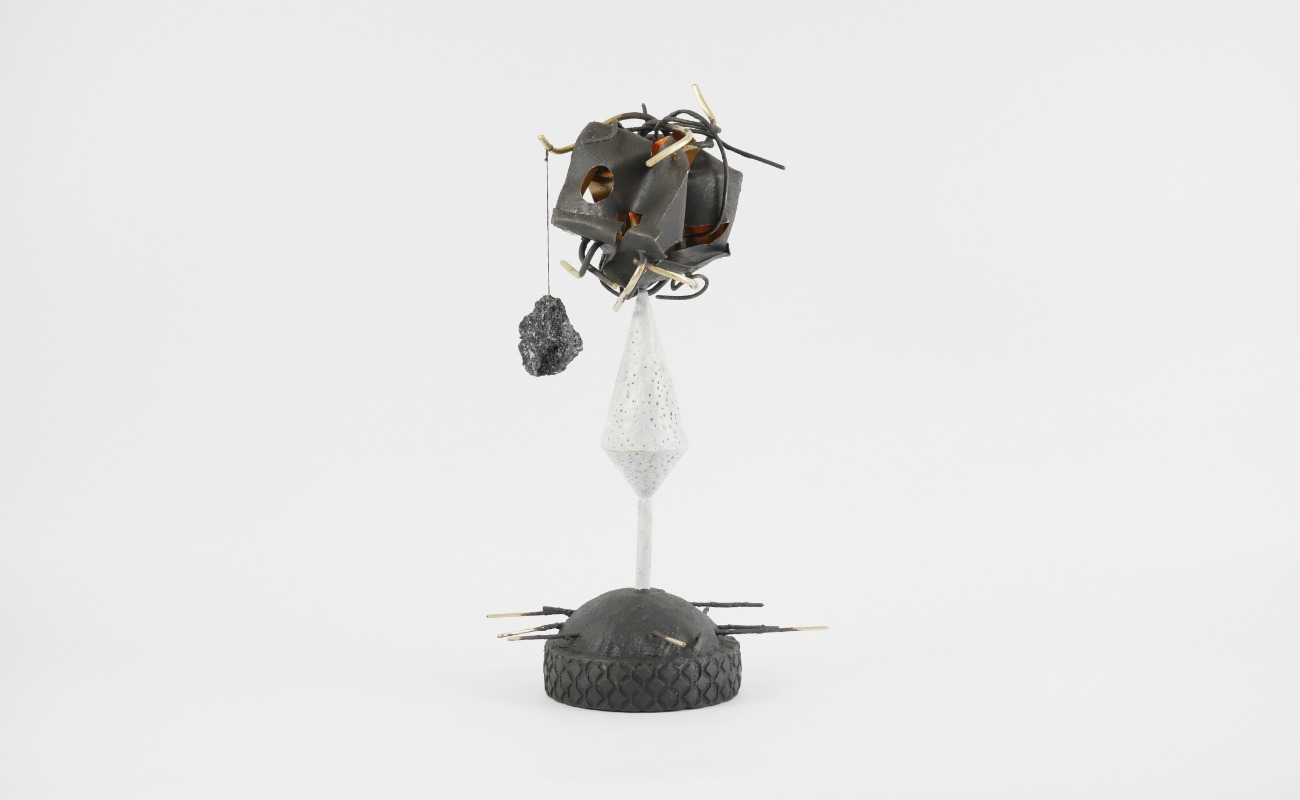
When an artist makes something there is a timeline of sorts, from notion to completion. It goes something like this: idea – time spent thinking about that idea – quick sketches to begin to rough out shapes, patterns, complexities – more complete drawings – maybe a maquette, in the case of 3D work, or small colour studies or other versions to begin to visualise the final piece – maybe some test pieces to prove direction or technique or colour mixes – preparation of the space and materials to begin – making the work, sitting and looking, continuing to make etc – reaching the expected finish – sitting with the work, looking at it upside down or in different light, ignoring it for a week then looking to see with fresh eyes – maybe adding or subtracting something – setting it aside while working on something else – finally showing it to someone else, maybe your gallerist – after some time the work becomes one of the pieces in your next exhibition – and then maybe it sells.
Of course all this varies depending on the artist. And often the artist is working on more than one piece concurrently. And sometimes this process can take months or even years, occasionally it goes from idea to final work without anything in between. But you get the idea.
But that is only part of the story. That is the story over which we have some control. Once someone has purchased that piece…
We cannot control who buys our work. Will it be a committed, culturally-aware collector or someone who likes the colour because it matches their couch? And what happens to the work in ten or twenty years’ time when someone gets tired of it or it is left to their heirs to decide what to do with it? The art world has it’s stories of art bought for next to nothing at a car boot sale that turns out to be worth huge amounts. And often this is because someone without any understanding has thrown it or flogged it off cheap because they did not understand it’s value – not just financial but artistic and cultural value.
Maybe it will end up quietly gathering dust in some bric-a-brac store, or moulding in someone’s attic: Clarice Beckett’s paintings were discovered in an open farm shed.
This is the history of our work that we cannot know.
It makes me a little uneasy. I don’t want my work to be treated like trash, to be devalued. And this makes me think I am being too precious and maybe pretentious.
I put everything into each piece I make, and hope that comes through and gives each piece some artistic merit. But of course that is not up to me to judge, and you might think my work is awful.
And so maybe this is about control. I cannot expect anyone else to see the world the same as I do, or experience art the same way. I have to let go, and allow the world to do as it will.

